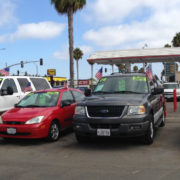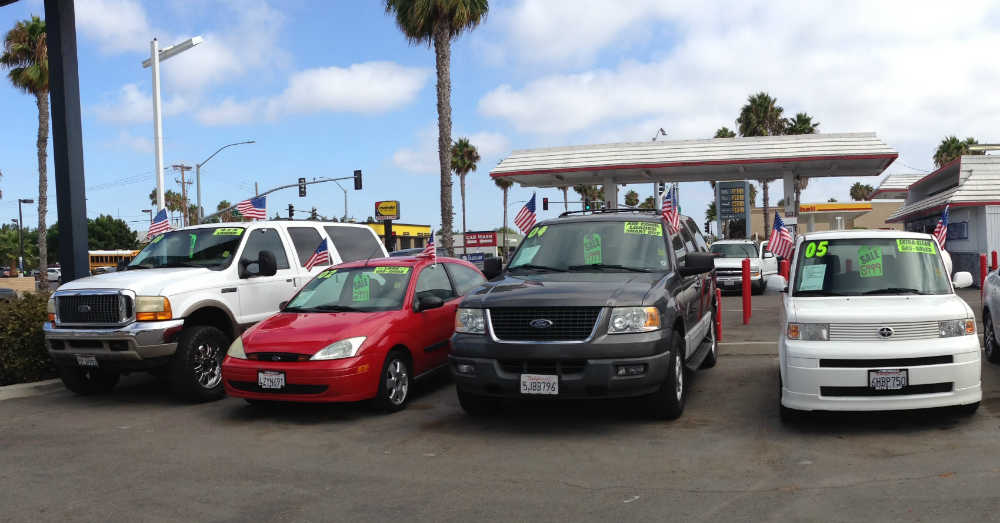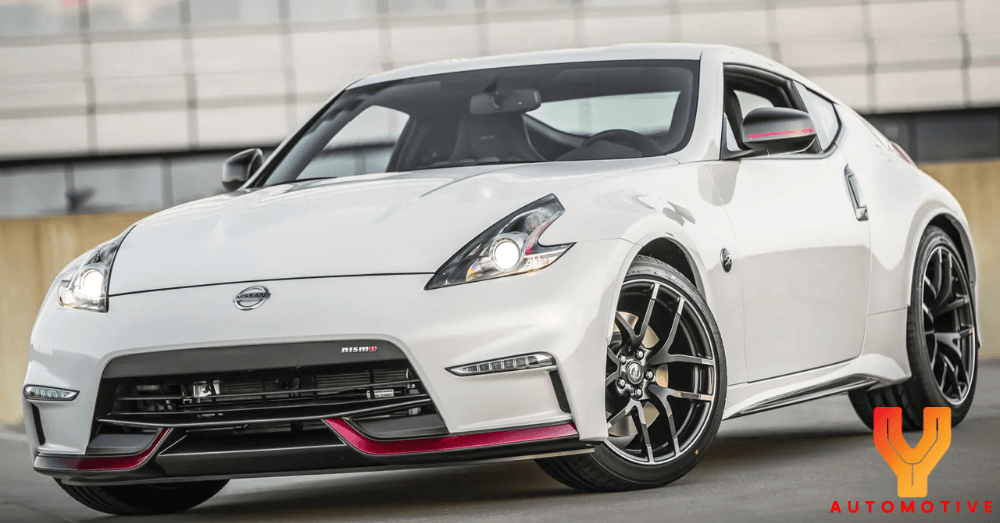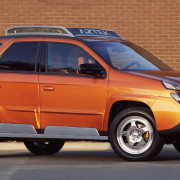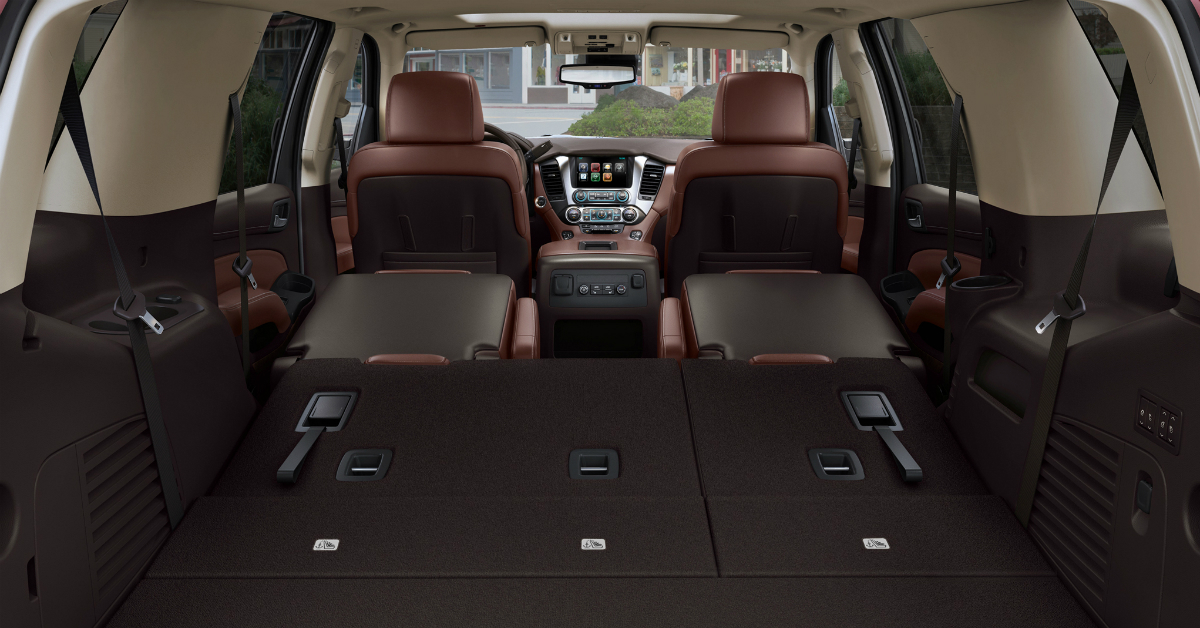Many of us want to work with a dealer of new cars that also has used cars on the lot. We feel as if we’re getting more assurances on vehicles being in better overall condition than with the used car lots that line many of our streets, but there could be some diamonds out there in the rough. The hard part of used car buying is the emotional part of it. You might find a used vehicle that you want to drive, it’s the right model, year and has all the features you want, but should you buy it?
Whether or not a vehicle is right for you is a personal decision, but whether or not you should buy it is a more practical one. It’s important for you to take the emotion out of the decision before you buy and figure out if the vehicle is the right one for you, but how can you do this? There are ways to tell if the car is a lemon or a diamond and all you need is this inspection checklist and bit of patience to figure it out.
Before you ever take the car out for a test drive you should check online and see if there are any forums that talk about that particular model and any trouble spots it may have. Once you’ve done this you can head to the car lot and the first thing you need to ask for is the title and a Carfax report. On the title you’re looking for the word “salvage” and if you see it, you need to run out of there as fast as you can, unless you’re looking for a car just for parts. On the Carfax report you should see the ownership history and whether or not the vehicle has been in an accident. You may even see some of the vehicle’s maintenance history as well.
Look along the body of the vehicle to see if there is any rust or obvious damage. You shouldn’t see any crinkled metal underneath or shiny metal that is significant of any problems with the car such as it having been on a frame straightening machine. Look for fluid leaks and puddles under the car. There shouldn’t be any leaks because these are relatively inexpensive items to repair and should have been repaired before the car was put on the lot for sale.
Next you want to open the hood and look for anything that may be amiss about the vehicle. Then you need to get behind the wheel and take it for a test drive. It’s important to think in practical terms when on the test drive and not think with your emotions. There are items on the checklist which you normally wouldn’t check if all you did was come to the lot and take the car for a test drive. Once you’ve filled out your checklist and know what you have, you can see whether you have a gem or a dud and decide if you should buy the vehicle.

